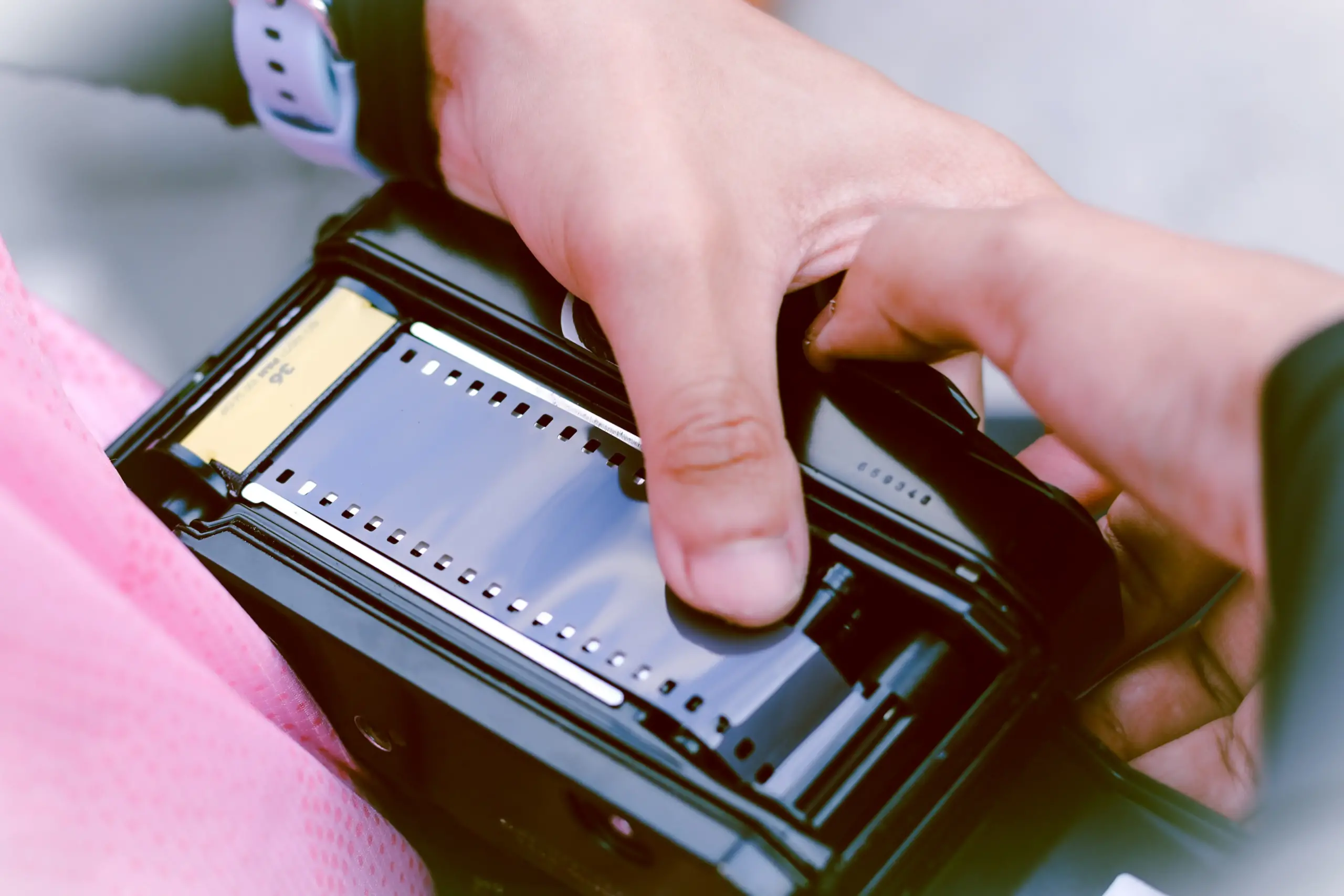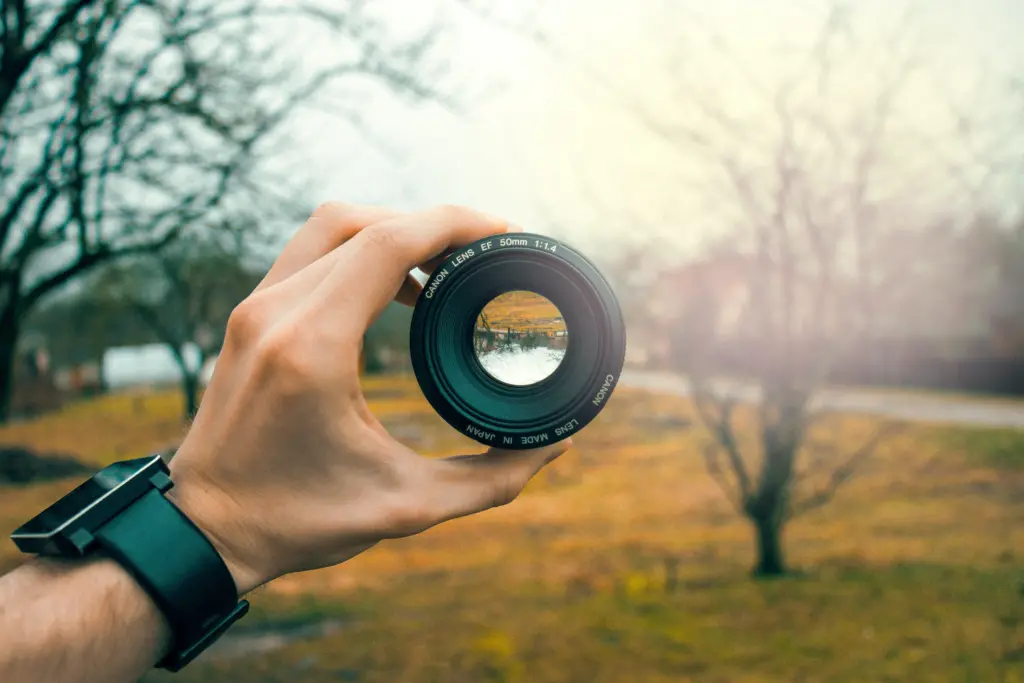Memories are the foundation of our lives – they shape our experiences, our perceptions, and our passions. And what better way to preserve memories than through the art of photography? At Olympus, we believe that every moment is worth capturing, and that’s why we’ve created a range of film cameras that allow you to do just that.
With an Olympus film camera, you can bring your memories to life in a way that feels authentic, timeless, and unique. Whether you’re a seasoned photographer or a beginner looking to explore the world of film photography, our cameras offer a range of features and benefits that make capturing memories both fun and rewarding.
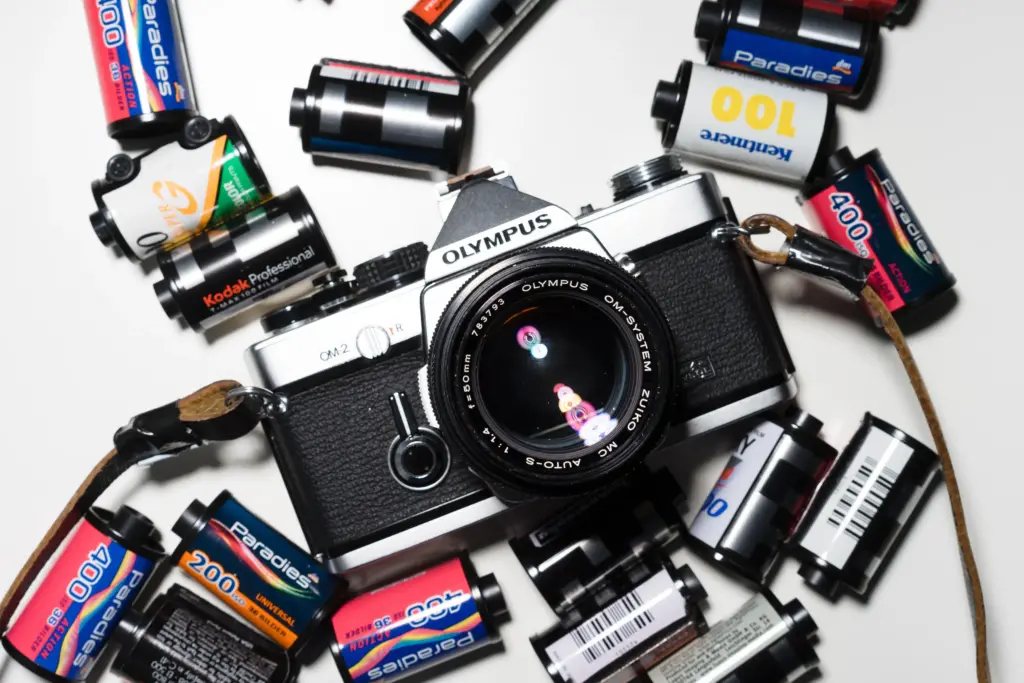
From the rich, warm tones of film photography to the tactile experience of manually adjusting focus and aperture, using an Olympus film camera is an immersive and rewarding experience that can’t be replicated with digital photography.
Ready to start capturing your memories with an Olympus film camera? Explore our range today and discover the joy of film photography for yourself.
The Advantages of Shooting with Film Cameras
When it comes to capturing memories, there are many ways to do it, but few are as timeless and beautiful as film photography. Whether you’re an experienced photographer or just starting out, shooting with an Olympus film camera can elevate your photography to new heights.
One of the main advantages of shooting with film is the unique aesthetic quality that it provides. The film captures images in a way that digital cameras simply cannot replicate. The subtle color shifts, grain, and texture of film give photos a warmth and depth that is difficult to achieve with digital.
Another advantage of shooting with film is the deliberate and thoughtful approach that it requires. With a limited number of exposures per roll, each shot must be carefully considered and composed. This forces photographers to slow down and think about the shot, which often results in more impactful images.
Using an Olympus film camera specifically has its own set of advantages. Olympus cameras are known for their compact size and portability, making them ideal for travel and outdoor photography. They also have a wide range of lenses available, allowing photographers to choose the best option for each specific shot.
Top 5 best Olympus film cameras
The Advantages of Shooting with Film Cameras
- Unique aesthetic qualities
- Forces deliberate and thoughtful approach
- Requires slowing down and thinking about each shot
- Olympus film cameras are compact and portable
- Wide range of lenses available for Olympus cameras
Overall, shooting with an Olympus film camera can provide a unique and beautiful way to capture memories and express your creativity. Whether you’re a seasoned photographer or just starting out, consider exploring the world of film photography with an Olympus camera today.
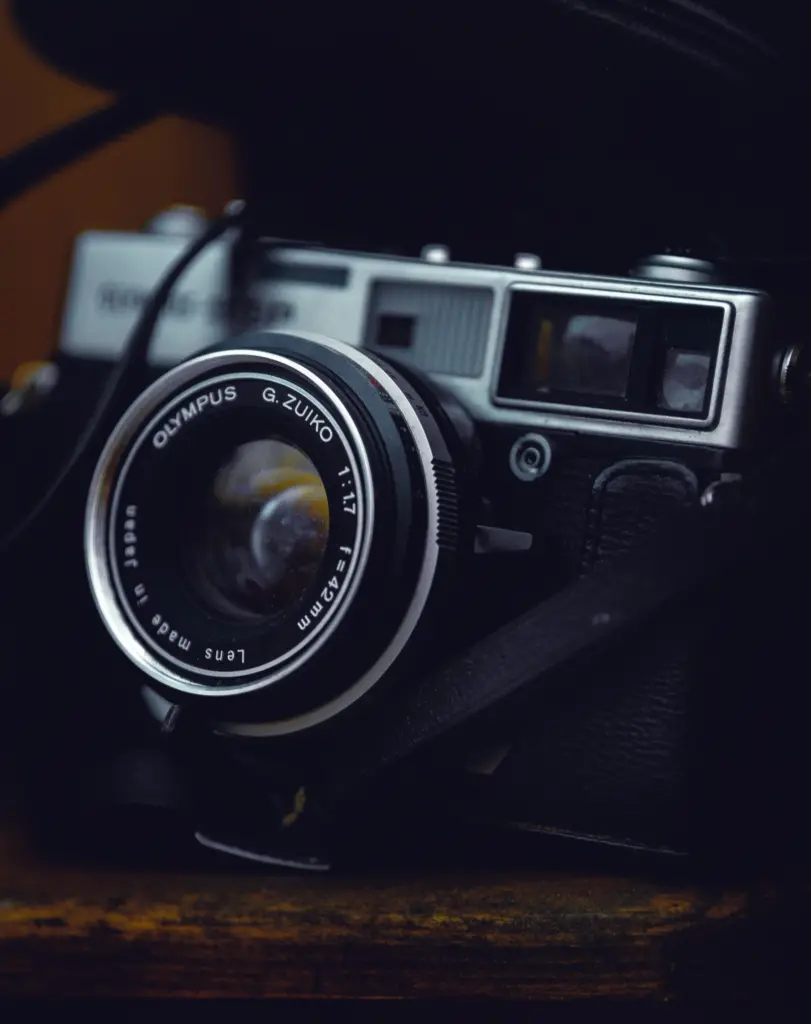
The Different Types of Olympus Film Cameras
When it comes to film photography, Olympus offers a range of different camera types to suit various shooting styles and levels of experience.
Point-and-Shoot Cameras
Olympus point-and-shoot cameras are perfect for beginners or those who want a simple, easy-to-use camera for everyday shooting. These cameras typically have a fixed lens and automatic settings, making them ideal for quick snapshots.
“The Olympus XA2 is a fantastic option for those who want a compact, pocket-friendly camera that still produces great results.”
Rangefinder Cameras
Rangefinder cameras offer more advanced features and manual controls for experienced photographers. These cameras have a separate viewfinder and rangefinder window, allowing for greater precision when focusing. They also typically have interchangeable lenses, giving photographers more creative flexibility.
“The Olympus 35 SP is a classic rangefinder camera that offers superb image quality and precision control.”

SLR Cameras
Olympus SLR cameras are designed for professional photographers who require the highest level of control and image quality. These cameras have a reflex mirror that allows for through-the-lens viewing, as well as interchangeable lenses and a range of manual controls.
“The Olympus OM-1 is a legendary SLR camera that continues to be highly sought after by film photographers today.”
Whichever type of Olympus film camera you choose, you can be sure that you are getting a top-quality product that is designed to last. Each camera type has its own unique strengths and features, so take the time to consider your shooting needs and preferences before making a decision.
How to Use an Olympus Film Camera
Using an Olympus film camera may seem intimidating at first, especially if you’re used to shooting with digital cameras. But don’t worry – with a little practice, you’ll soon be taking stunning photos that capture the unique beauty of film.
Here’s a step-by-step guide to using an Olympus film camera:
- Load the film: First, you’ll need to load the film into your camera. Make sure you’re in a cool, dry area, as heat and humidity can damage the film. Open the back of the camera and insert the film, making sure it’s properly attached to the spool. Close the back of the camera, making sure it’s securely fastened.
- Set the ISO: Next, you’ll need to set the ISO on your camera. This determines the sensitivity of the film and should match the ISO of the film you’re using. Check the packaging of your film to determine the correct ISO setting.
- Adjust the aperture and shutter speed: Depending on the lighting conditions and the effect you want to achieve, you’ll need to adjust the aperture and shutter speed on your camera. This will determine how much light enters the camera and how long the shutter is open. Experiment with different settings to find the right balance for your shot.
- Focus: Once you’ve set your exposure settings, it’s time to focus. Use the viewfinder to adjust the focus until your subject is sharp and in focus.
- Take the shot: Finally, it’s time to take the shot. Press the shutter button and wait for the film to advance before taking another shot. Remember, with film photography, you only have a limited number of shots, so take the time to compose each shot carefully.
Remember to take your time and experiment with different settings and techniques. With practice, you’ll soon be taking stunning photos that capture the unique beauty of film photography.
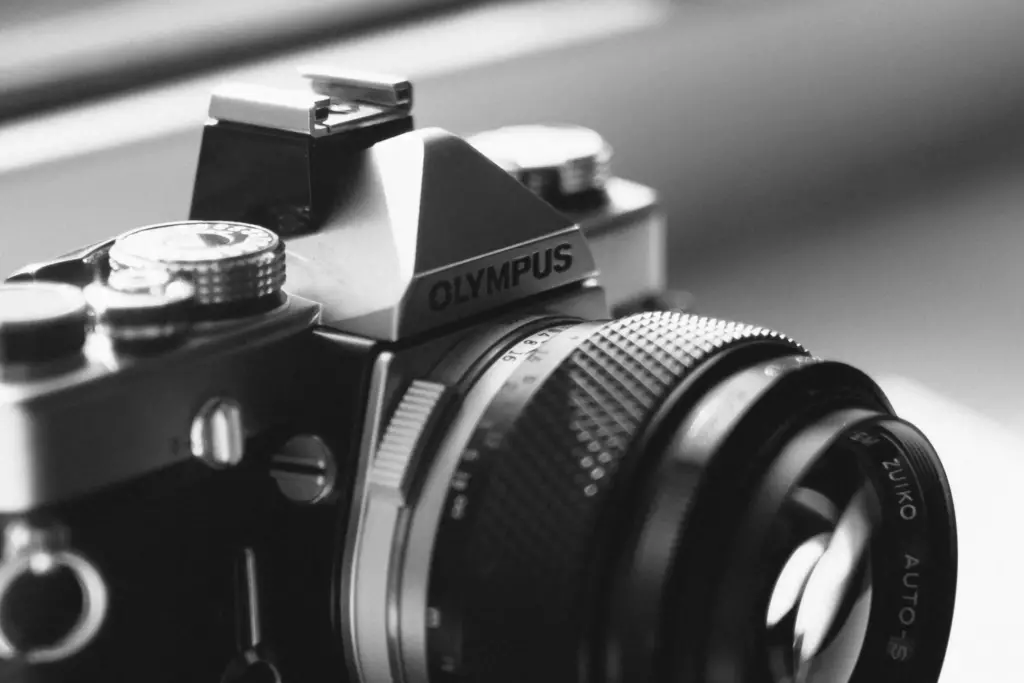
Developing and Printing Film Photos
Developing and printing photos from an Olympus film camera can be a rewarding and exciting process. The images captured on film have a unique quality that is difficult to replicate with digital photography. Here, we will discuss the process of developing and printing film photos with your Olympus camera.
Developing Film
Developing film is a crucial step in the process of creating a physical image from a negative. There are a few different methods of developing film, such as using a darkroom or a film development tank. The key is to ensure that the chemicals are mixed and handled properly to produce the desired results.
“Developing film is like magic. It’s amazing to see a negative transform into a beautiful image right before your eyes.”
When developing a film, it’s important to follow the instructions carefully and use the correct type of chemicals for your film. The temperature of the chemicals is also important, as it can affect the development process. Be patient and careful, and you’ll soon have a set of negatives ready for printing.
Printing Photos
Photos can be printed from your Olympus film camera in a darkroom or with a digital printer. If you decide to print your photos in a dark room, you’ll need to create an enlarger, which projects the image onto light-sensitive paper.
Alternatively, you can choose to have your film scanned and printed digitally. This can be a great option if you don’t have access to a darkroom or prefer the convenience of digital printing.
- When printing your photos, it’s important to choose the right type of paper. Different types of paper can produce variations in contrast, saturation, and texture.
- Experiment with different papers to find the one that best suits your style and the mood of your images.
- Remember that the final print is an extension of your vision as a photographer, so take the time to fine-tune the color, contrast, and exposure to achieve the desired effect.
Printing photos from your Olympus film camera can be a rewarding and exciting process. It allows you to create physical representations of your memories that can be displayed and shared for years to come.

Maintaining an Olympus Film Camera
Owning an Olympus film camera is a treasure, and with proper maintenance, it can last for generations. It’s important to take good care of your camera to ensure it stays in excellent condition and continues to produce beautiful images.
Cleaning
Regular cleaning is essential to keep your Olympus film camera in top shape. Use a soft, dry cloth to clean the exterior of the camera, and a blower brush to remove dust and debris from the inside. Avoid using water or cleaning agents, as these can damage the camera’s delicate parts.
Storage
Storing your Olympus film camera correctly is crucial to its longevity. Keep it in a cool, dry place, away from direct sunlight and extreme temperatures. Use a sturdy camera bag or case to protect it from bumps and scratches when not in use.
Repair
If your Olympus film camera needs repair, it’s best to take it to a professional. Attempting to fix it yourself can cause further damage and may void the warranty. Look for a reputable camera repair shop in your area, and always get a quote before proceeding with any repairs.
Regular Maintenance
Maintaining your Olympus film camera is an ongoing process. Regular check-ups and servicing can help prevent any potential issues and keep your camera functioning at its best. Consider getting a professional cleaning and tune-up every few years, even if the camera appears to be working fine.
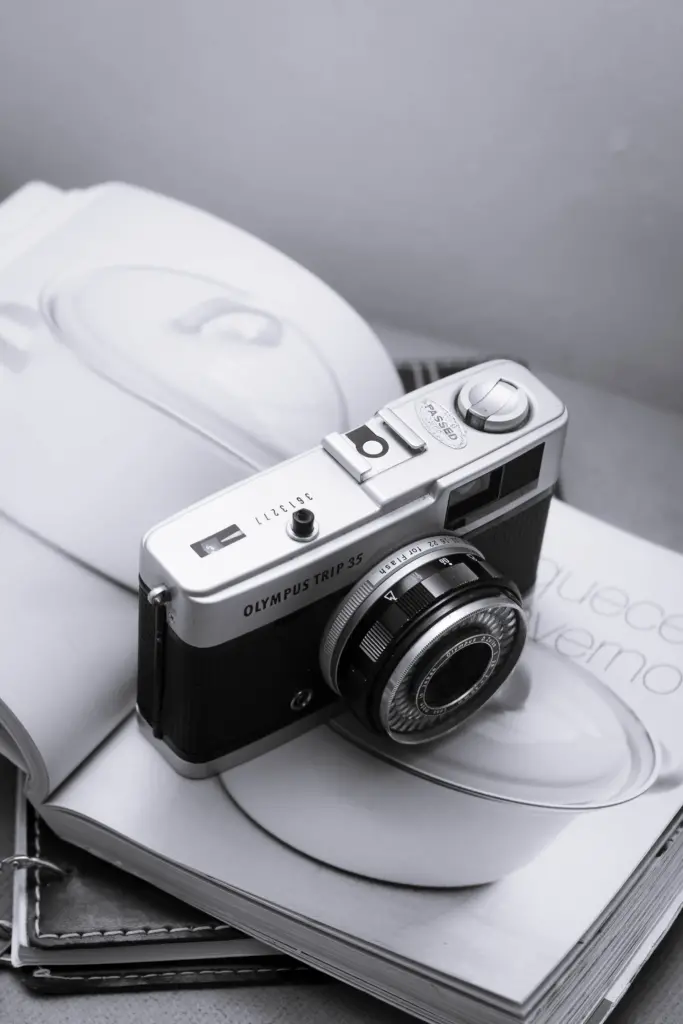
“ A well-maintained camera is the key to creating timeless images. “
By taking good care of your Olympus film camera, you’ll be able to enjoy it for years to come and create stunning images that can be cherished for generations.
Frequently Asked Questions
As you explore the world of film photography with your Olympus camera, you might come across questions or concerns. Here are some of the most frequently asked questions to help guide you on your journey.
Where can I buy film for my Olympus camera?
You can purchase film for your Olympus camera at many camera stores, both online and offline. Look for trusted retailers that specialize in film photography to ensure that you are getting high-quality film.
How do I troubleshoot common issues with my Olympus camera?
If you are experiencing issues with your Olympus camera, such as blurry photos or problems with the film advance, refer to your camera’s manual or seek advice from online forums and communities. If the issue persists, consider taking your camera to a professional for repair.
How can I achieve specific effects with my Olympus camera?
Experimentation is key when it comes to achieving specific effects with your Olympus camera. Try using different types of film, adjusting your camera’s settings, and exploring different shooting techniques to create unique and striking images. You can also seek inspiration from other film photographers and their work.
How should I store and care for my Olympus camera?
To ensure the longevity of your Olympus camera, store it in a cool, dry place and avoid exposing it to extreme temperatures or moisture. When not in use, keep your camera in a protective case or bag. Regularly clean your camera’s lenses and body with a soft, dry cloth. If you notice any damage or issues with your camera, take it to a professional for repair.

